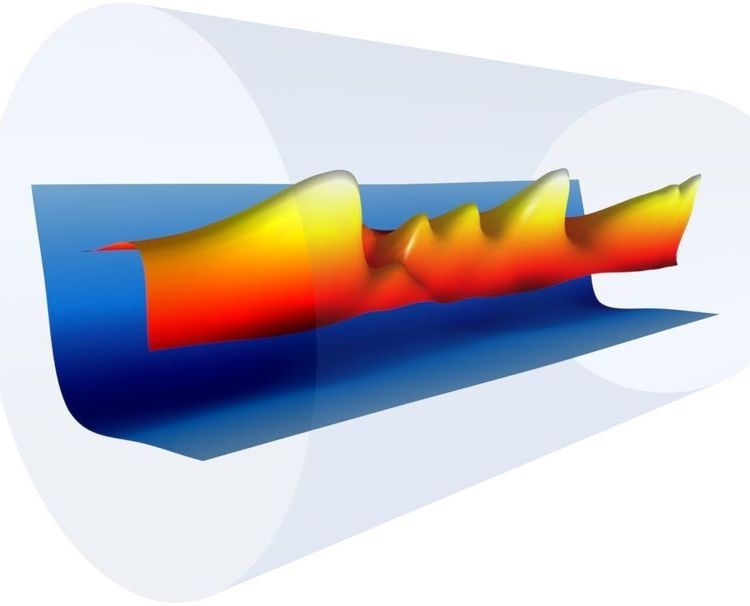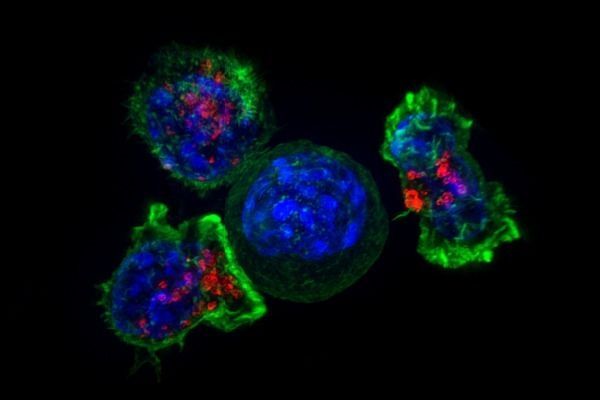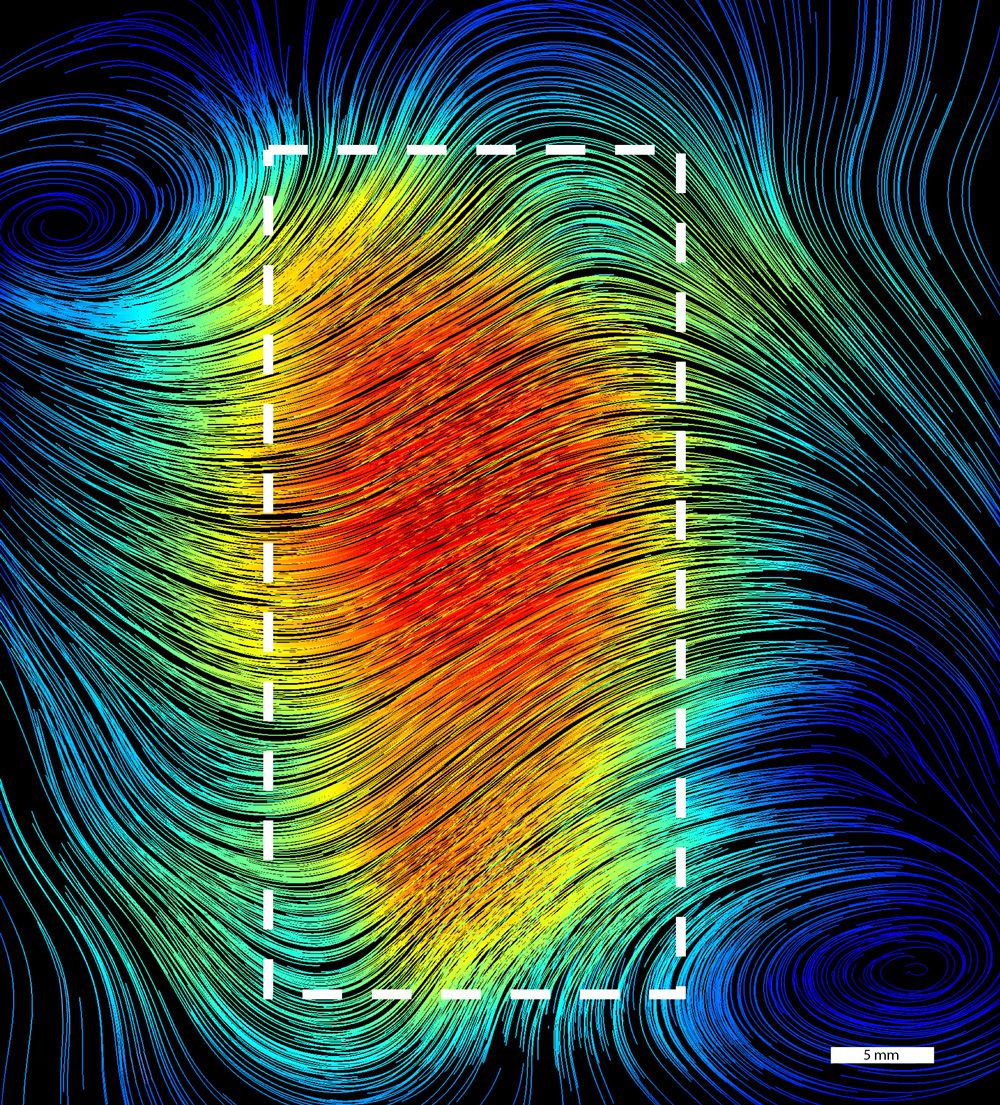Combining a first laser pulse to heat up and “drill” through a plasma, and another to accelerate electrons to incredibly high energies in just tens of centimeters, scientists have nearly doubled the previous record for laser-driven particle acceleration.
The laser-plasma experiments, conducted at the Department of Energy’s Lawrence Berkeley National Laboratory (Berkeley Lab), are pushing toward more compact and affordable types of particle acceleration to power exotic, high-energy machines—like X-ray free-electron lasers and particle colliders—that could enable researchers to see more clearly at the scale of molecules, atoms, and even subatomic particles.
The new record of propelling electrons to 7.8 billion electron volts (7.8 GeV) at the Berkeley Lab Laser Accelerator (BELLA) Center surpasses a 4.25 GeV result at BELLA announced in 2014. The latest research is detailed in the Feb. 25 edition of the journal Physical Review Letters. The record result was achieved during the summer of 2018.









